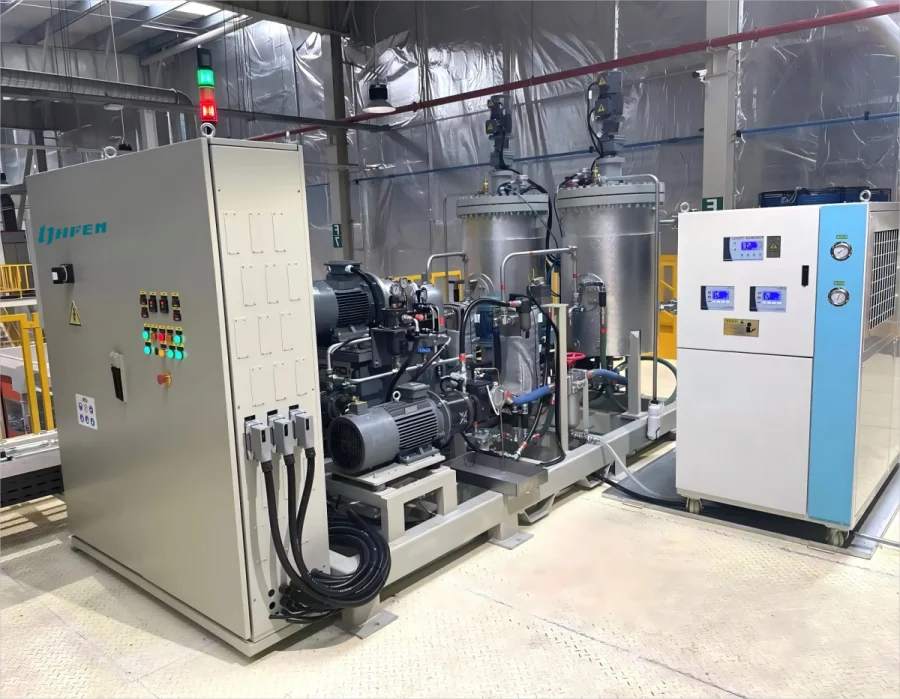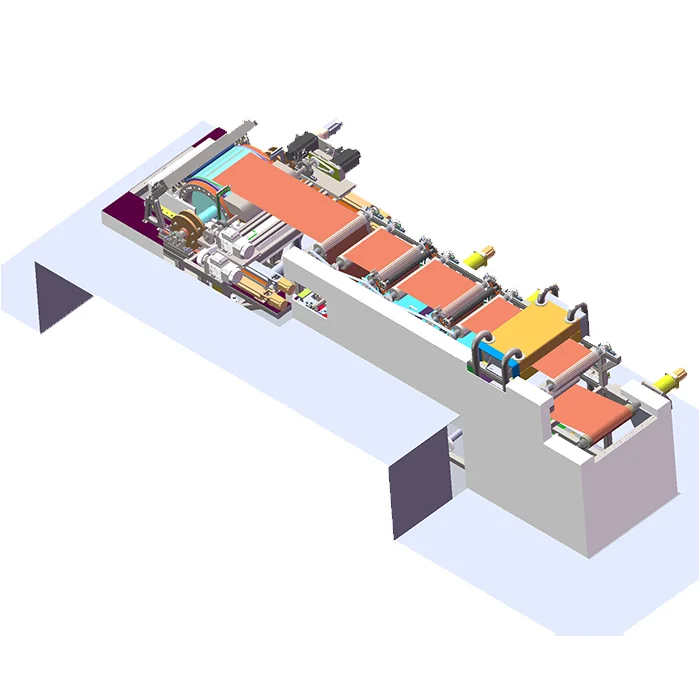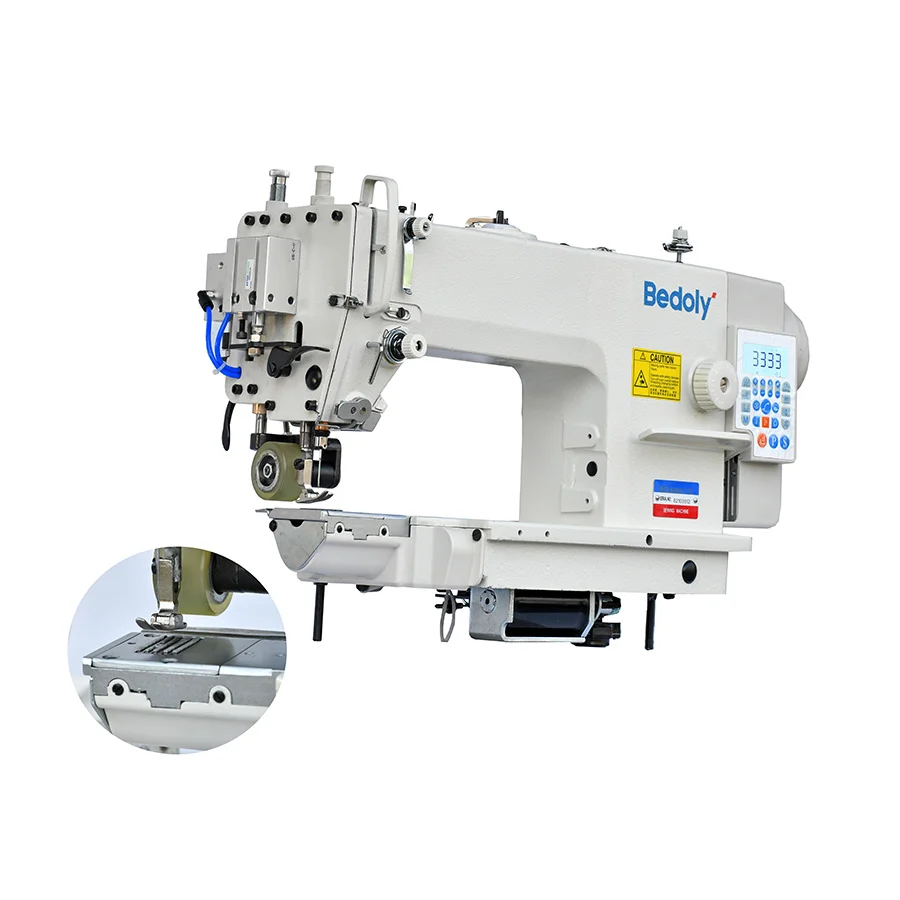Working principle of bearing grinding machine
3 min readA bearing grinding machine is an essential piece of equipment in the manufacturing industry, particularly for the production of high-precision bearings. Bearings are critical components in various mechanical systems, from automotive engines to industrial machinery, where they facilitate smooth rotational motion. In this blog post, CONSUMMATE will provide you with the working principle of bearing grinding machine, which involves multiple steps to ensure that bearings are manufactured with the highest precision and quality.
Introduction to Bearing Grinding Machines
Bearing grinding machines are designed to grind the inner and outer rings and the balls of the bearings to achieve the required dimensions and surface finish. These machines are highly automated and can perform multiple operations in a single setup, including loading, unloading, and measuring the parts.
Components of a Bearing Grinding Machine
1. Grinding Spindle: The central component that holds the grinding wheel.
2. Workhead: The part that holds the workpiece (bearing) in place during the grinding process.
3. Dressing Unit: Used to maintain the profile of the grinding wheel.
4. Control System: Manages the machine's operations, including speed, feed rate, and positioning.
5. Loading and Unloading Mechanism: Automatically loads and unloads the workpieces.
6. Measurement System: Ensures the precision of the ground workpiece by measuring dimensions and surface finish.

The Grinding Process
The grinding process in a bearing grinding machine is a multi-step operation that includes the following stages:
1. Loading the Workpiece
The process begins with the loading of the workpiece into the machine. This is typically done by an automated system that places the bearing into the workhead, which securely holds it in position for the grinding process.
2. Initial Setup and Calibration
Before the grinding begins, the machine must be calibrated to ensure accuracy. This involves setting the correct parameters for the grinding wheel speed, workhead movement, and other variables that affect the grinding process.
3. Truing the Grinding Wheel
The grinding wheel must be trued to ensure it has a consistent shape and size. This is done using a diamond dresser, which shapes the wheel to the desired profile.
4. Dressing the Grinding Wheel
Dressing the grinding wheel involves removing a small amount of material to create the necessary surface texture and sharpness. This is crucial for achieving the desired finish on the bearing surfaces.
5. Grinding the Workpiece
Once the wheel is prepared, the actual grinding process begins. The grinding wheel rotates at high speed, and the workhead moves the workpiece against the wheel to remove material and achieve the desired dimensions and surface finish.
6. Coolant Application
During the grinding process, coolant is applied to the work area to reduce heat generation, prevent wheel loading, and extend the life of the grinding wheel.
7. In-Process Measurement
To ensure the precision of the grinding process, in-process measurements are taken. This allows for adjustments to be made during the process if necessary.
8. Finishing
After the initial grinding, the workpiece may undergo a finishing process to refine the surface finish and remove any remaining imperfections.
9. Unloading the Workpiece
Once the grinding process is complete, the workpiece is automatically unloaded from the machine.
10. Final Inspection and Quality Control
The final step in the process is a thorough inspection of the workpiece to ensure it meets the required specifications. This includes checking dimensions, surface finish, and other critical parameters.
Types of Bearing Grinding Machines
There are several types of bearing grinding machines, each designed for specific applications:
1. Cylindrical Grinder: Used for grinding the cylindrical surfaces of bearing rings.
2. Centerless Grinder: Operates without centers or chucks, suitable for grinding bearing races.
3. Internal Grinder: Specifically designed for grinding the inner diameter of bearing rings.
4. External Grinder: Used for grinding the outer diameter of bearing rings.
5. Ball Grinder: For grinding the surface of bearing balls to ensure they are perfectly round and smooth.
Advantages of Automated Bearing Grinding Machines
1. Precision: Automated machines ensure consistent and precise grinding.
2. Efficiency: Reduces the time required for grinding operations.
3. Reduced Labor: Minimizes the need for manual labor, reducing the potential for human error.
4. Consistency: Ensures that every bearing produced meets the same high standards.
5. Customization: Many machines can be programmed for different types of bearings.
Conclusion
The bearing grinding machine is a testament to the precision and complexity required in modern manufacturing. Understanding its working principle is crucial for anyone involved in the production of bearings. With ongoing advancements in technology, the future of bearing grinding looks promising, with machines becoming more efficient, intelligent, and capable of producing even higher quality bearings.
https://www.jscst.vip/Working-principle-of-bearing-grinding-machine.html
www.jscst.vip
CONSUMMATE



